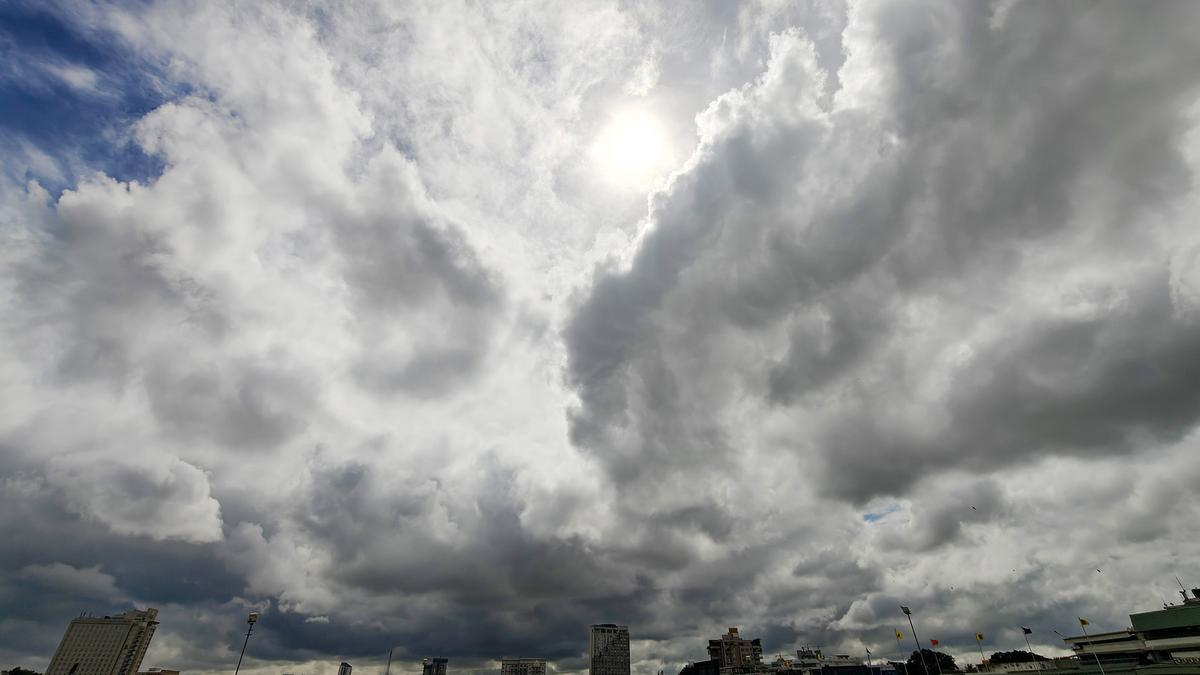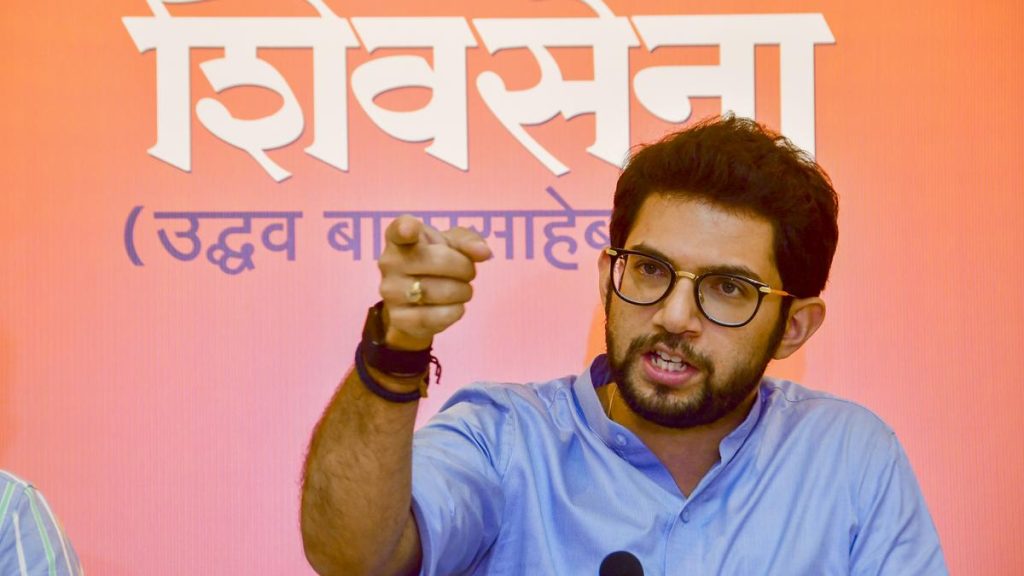Now Reading: Karnataka Records Above-Average Rainfall from June to September
-
01
Karnataka Records Above-Average Rainfall from June to September
Karnataka Records Above-Average Rainfall from June to September

Quick Summary
- Karnataka received 786 mm rainfall during June 1-September 1, above the normal of 675.6 mm for the south-west monsoon, with an overall departure of 16%.
- Rainfall Variations:
– Coastal Karnataka received 3,103.6 mm rain (+11% departure).Dakshina Kannada (+5%), Udupi (+5%), and Uttara Kannada (+18%) saw increases.
– north Interior Karnataka received 508.8 mm rain (+48% departure), with all its districts receiving more than normal. Vijayapura tops with +83%, followed by Gadag at +81%.
– South Interior Karnataka recorded 561.8mm,slightly above normal (+5%). Districts such as Chitradurga (+98%) and Davangere (+57%) experienced significant surpluses.
- Deficient Rainfall: Seven districts reported deficient rainfall:
– Bengaluru Rural (-9%), Bengaluru Urban (-10%), Chamarajanagar (-2%), Hassan (-30%), Kodagu (-12%), Bengaluru South (formerly Ramanagara) (-40%), Shivamogga (-27%).
- The south-west monsoon reached the state earlier than expected at the end of may.
Indian Opinion Analysis
The data highlights significant rainfall disparities across Karnataka during this year’s southwest monsoon season. While statewide figures show overall surplus rains, certain critical regions like Hassan and Kodagu reported severe deficits that may strain agricultural activities or water resources essential too rural economies in these areas.
The stark variations between regions-excess rains in northern interior districts contrasted against deficits in crucial central or southern zones-pose challenges for equitable resource management across the state. Policymakers must evaluate how deviations from average conditions impact crops grown locally and prepare mitigation plans for affected farmers or industries relying on consistent weather patterns.
Additionally, early arrival of monsoons could indicate shifting climatic trends needing wider examination beyond seasonal statistics. Effective infrastructure planning combined with long-term climate adaptation strategies will be key to addressing issues arising from such irregularities within one season’s data consistency framework.
Read more: Source























